What is Frontal Fibrosing Alopecia? 6 Things You Should Know About This Hair Loss Disorder
Frontal Fibrosing Alopecia Causes, Symptoms and Treatments
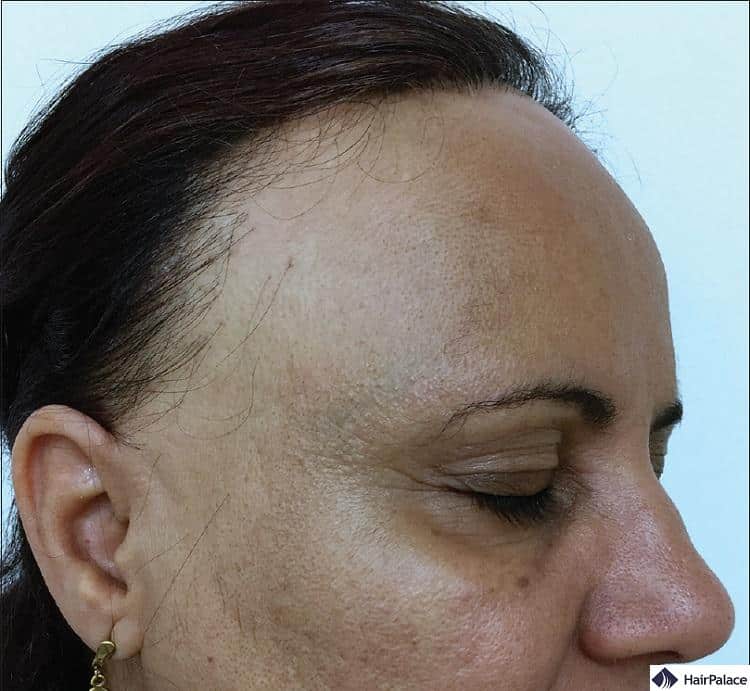
Frontal fibrosing alopecia (FFA) is an inflammatory disorder characterized by scarring alopecia of the frontotemporal scalp, thinning or loss of facial hair, and facial papules. Prompt treatment.
Frontal Fibrosing Alopecia

"Frontal fibrosing alopecia: Efficacy of treatment modalities." Int J Womens Health. 2019 Apr 29;11:273-85. Ho A, Shapiro J. "Medical therapy for frontal fibrosing alopecia: A review and clinical approach." J Am Acad Dermatol. 2019;81:568-80. Imhof R, Tolkachjov SN. "Optimal management of frontal fibrosing alopecia: A practical guide."
What Is Frontal Fibrosing Alopecia? Ardsley, NY UHC
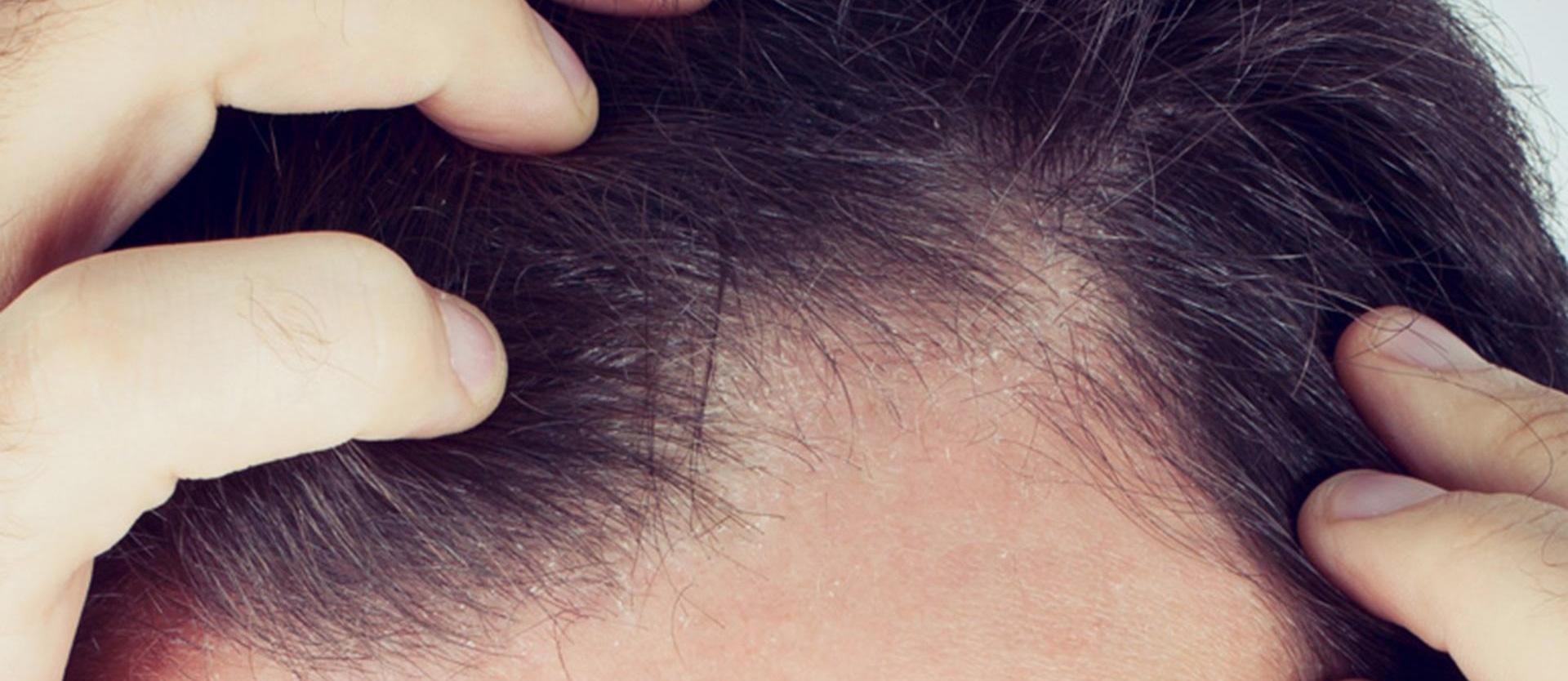
Results. A total of 148 women with frontal fibrosing alopecia were identified, with a mean age of 62 years; 60.1% presented with eyebrow loss; 67.6% and 27.7% described preceding or concurrent pruritus and trichodynia, respectively; 44.6% had a history of hypothyroidism; 13% had a history of surgical menopause; and 63.3% had a history of hormone replacement therapy.
Details 69+ frontal hair loss latest in.eteachers
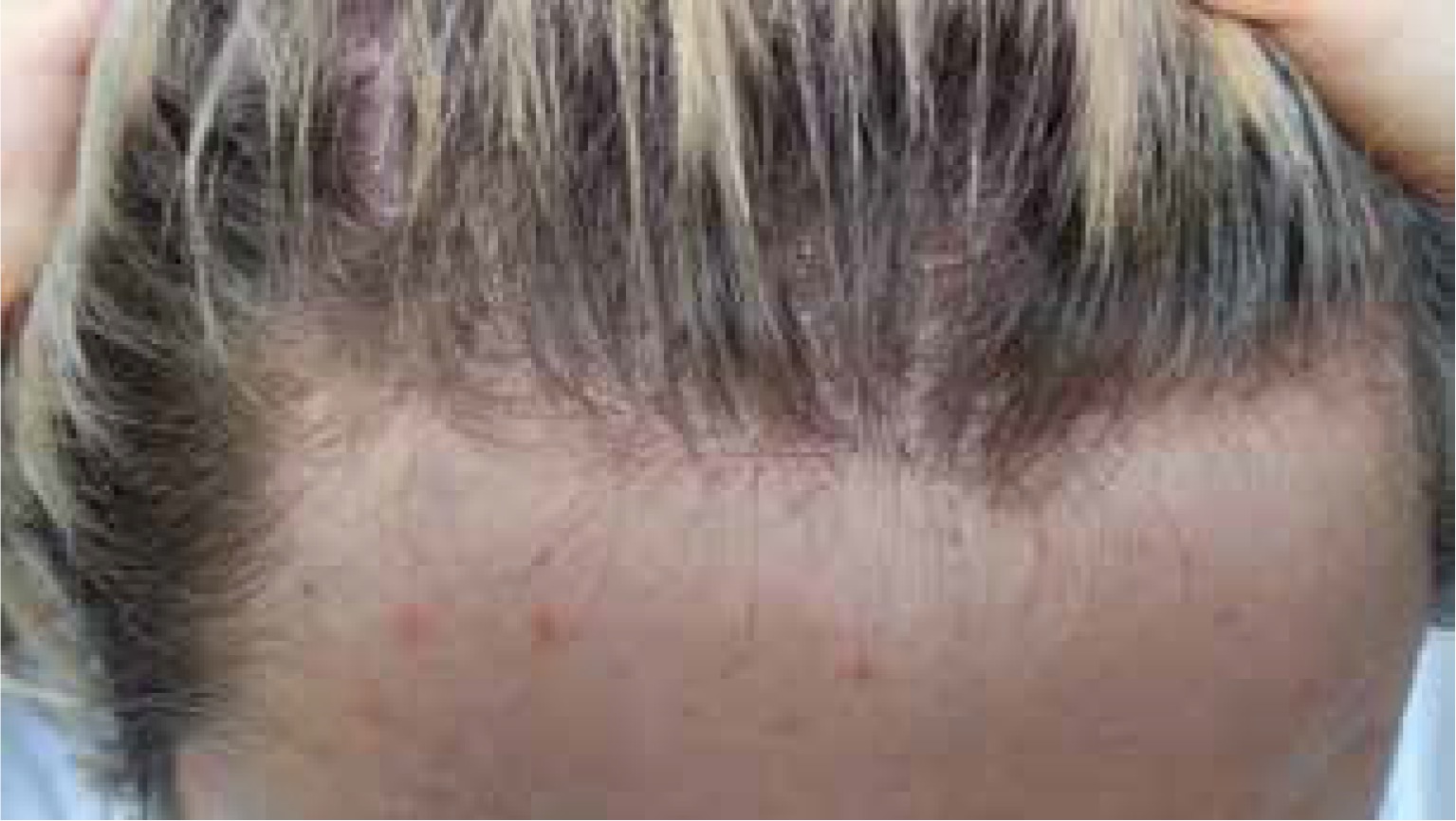
Frontal Fibrosing Alopecia Symptoms. Frontal fibrosing alopecia symptoms typically include the recession of the hairline as well as the loss of eyebrows. There may also be some redness or scales around the hair follicles, which can also lead to scarring. If you think you might have FFA, your dermatologist will be able to confirm whether or not.
Frontal Fibrosing Alopecia CredoWeb
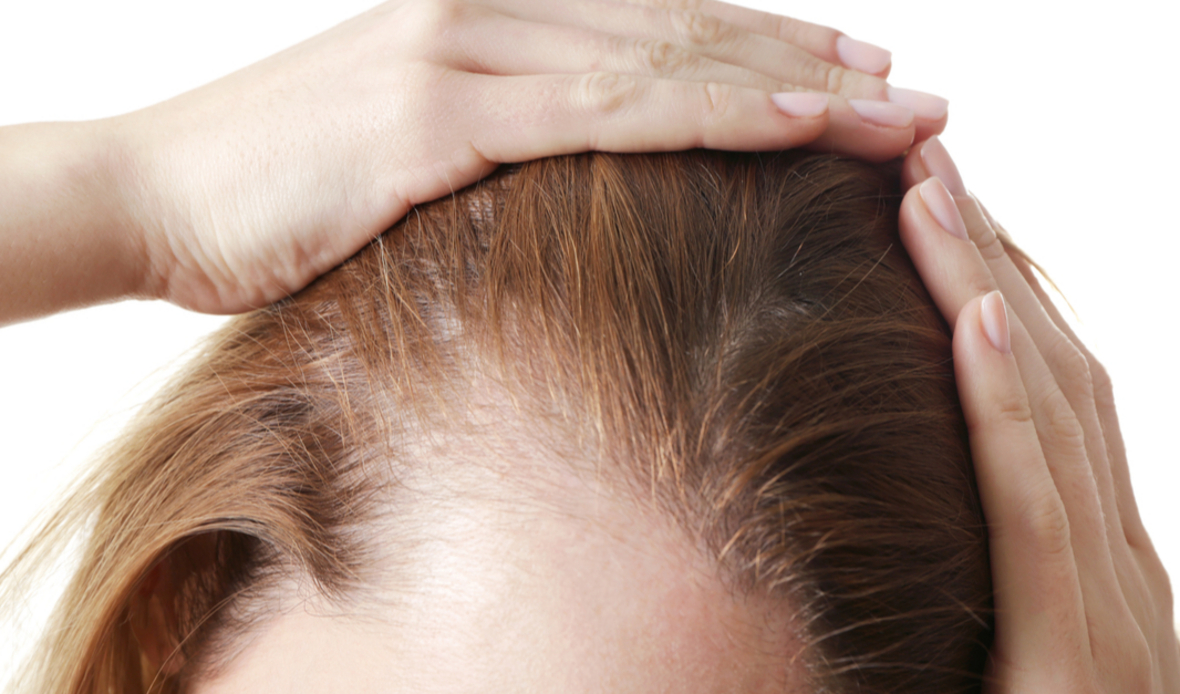
1 Introduction. Frontal fibrosing alopecia (FFA), first described in six postmenopausal women by Kossard in 1994, is a type of cicatricial alopecia characterized by hair follicle destruction in a frontal-temporal-parietal distribution. 1, 2 It is most commonly seen in postmenopausal women, 3-8 but it has also been observed in premenopausal women 4-7 and men. 5, 9, 10 While the majority of.
Frontal Fibrosing Alopecia, What Is It? Unique Hair Concepts
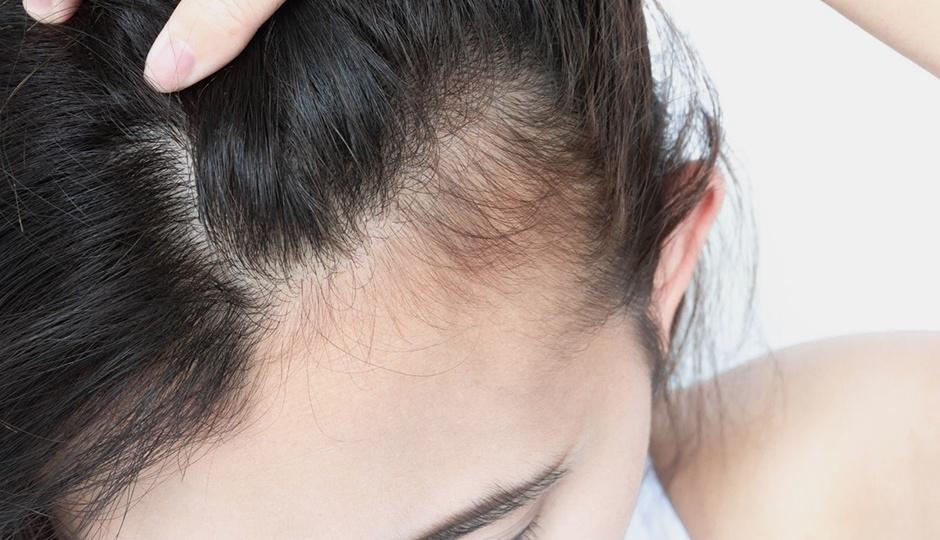
Frontal fibrosing alopecia (early) This type of hair loss often looks like a receding hairline that runs along the front and sides of your head. Frontal fibrosing alopecia (FFA) tends to start slowly, often causing a thin band of balding skin that runs along the front and sides of the hairline. FFA can also cause hair loss elsewhere on the body.
Radiant Dermatology

A total of 148 women with frontal fibrosing alopecia were identified, with a mean age of 62 years; 60.1% presented with eyebrow loss; 67.6% and 27.7% described preceding or concurrent pruritus and trichodynia, respectively; 44.6% had a history of hypothyroidism; 13% had a history of surgical menopause; and 63.3% had a history of hormone replacement therapy.
The Many Faces of Frontal Fibrosing Alopecia (FFA) Next Steps in Dermatology

Frontal fibrosing alopecia is a scarring alopecia, the prevalence of which is increasing worldwide since its first description in 1994. The reason for this emerging epidemic may be a higher exposure to an unknown trigger, although its aethiology and pathogenesis still remain enigmatic. Clinical, trichoscopic, sonographic, and histopathologic.
Do I have Frontal Fibrosing Alopecia? — Donovan Hair Clinic Scarring Alopecia,

A site dedicated to tracking success separate from a broadly focused site on FFA. When people are new to the diagnosis and searching for info, the success side of things is elusive while the dark side is at every turn. I think this is in part because with success, one moves on. I want to make a plea for people to leave their good stories.
Frontal Fibrosing Alopecia and Sunscreens Dr Paul Farrant

Frontal fibrosing alopecia success stories . Lordhair has been designing top-notch hair systems for almost 2 decades now and is glad that it is helping patients write frontal fibrosing alopecia success stories. We are sharing some inspiring hair recovery stories and reviews that document how our customers overcame frontal fibrosing alopecia.
Frontal Fibrosing Alopecia

An increasingly common type of hair loss in older women is a receding hairline, called frontal fibrosing alopecia (FFA). It's a form of lichen planopilaris. FFA causes scarring hair loss, which means it won't grow back. The eyebrows may begin losing hair before you notice the hairline receding. Men also can experience FFA, in which case the.
Frontal fibrosing alopecia is a form of alopecia (hair loss) that affects the area where the

Hair loss in frontal fibrosing alopecia is usually not restricted to the frontal hairline. Eyebrow thinning or loss ( madarosis) often precedes the scalp changes. Hair loss can affect all parts of the body, and almost total loss from limbs is common. In men, loss of beard and sideburns is described and may be the only site of involvement.
Bald Edges and Frontal Fibrosing Alopecia
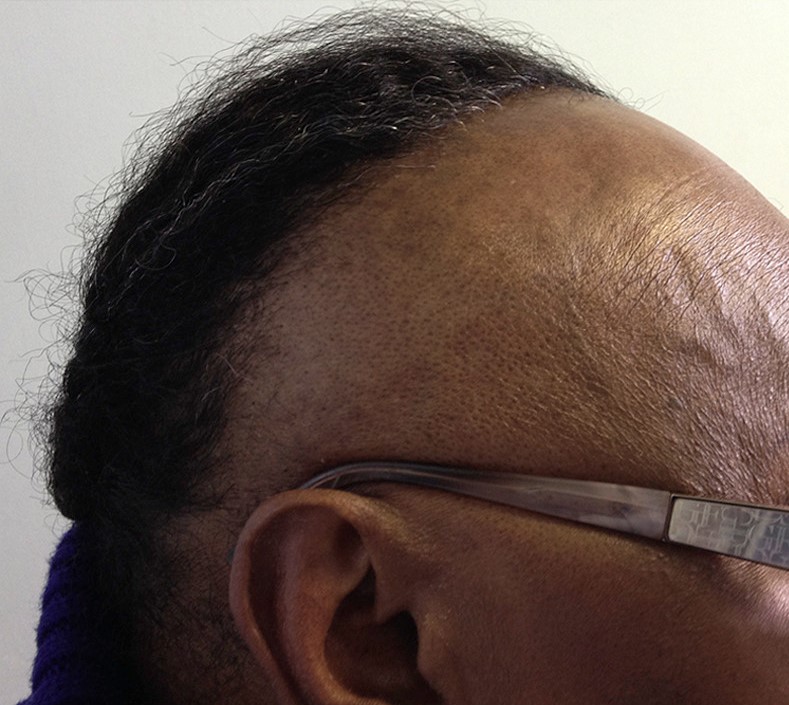
Progressive loss of the eyebrows is often associated with the disease, as is loss of body hair (1). FFA is frequently accompanied by atrophy within the frontal hairline (2). In a study of 355 patients with FFA, androgenetic alopecia (AGA) was observed in 136 of 343 women (40%) and 8 of 12 men (67%) (3). The pathogenesis of FFA remains an enigma.
Frontal fibrosing alopecia causes, symptoms, diagnosis, treatment & prognosis
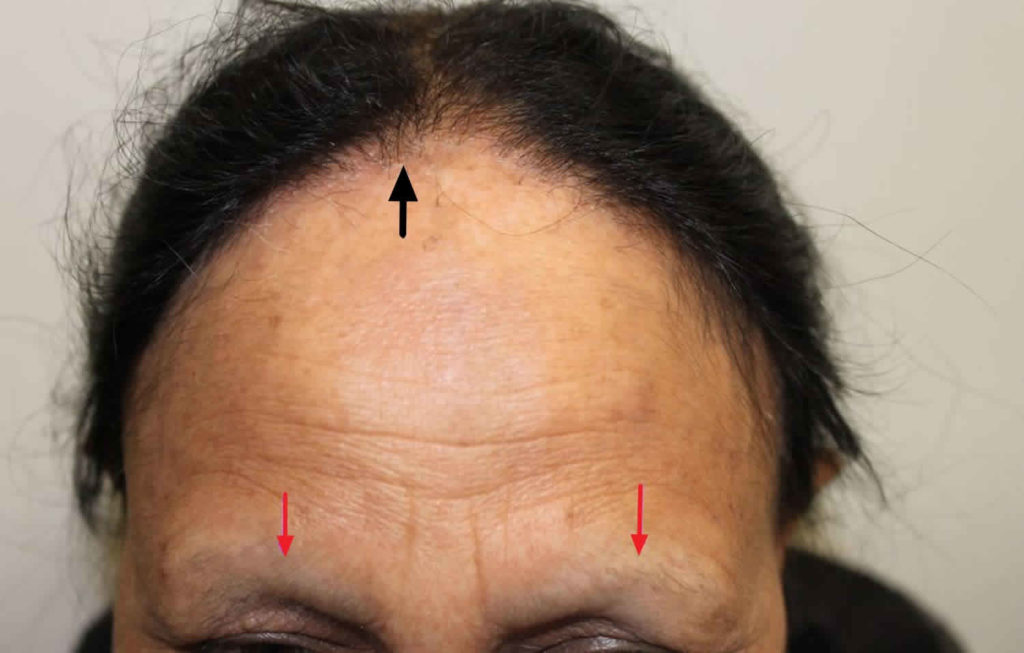
FFA, frontal fibrosing alopecia; OM, oral minoxidil. Discussion. Despite FFA's scarring nature on the scalp, eyebrow regrowth has been reported and is believed to be possible particularly in early cases of the disease. Indeed, trichoscopic features described for the eyebrows in FFA patients are mainly non-cicatricial . The reason why hair loss.
Frontal Fibrosing Alopecia Treatment & Management Point of Care

An electronic search of "frontal fibrosing alopecia" on July 19, 2018, resulted in 270 items. Only publications in English on the clinical outcomes of treatment modalities for FFA were considered. A total of 23 studies were identified, and we summarized the details of these studies in Table I.
Frontal Fibrosing Alopecia How Women Are Conquering Their Hairline Blues A Diva's Hidden Hair
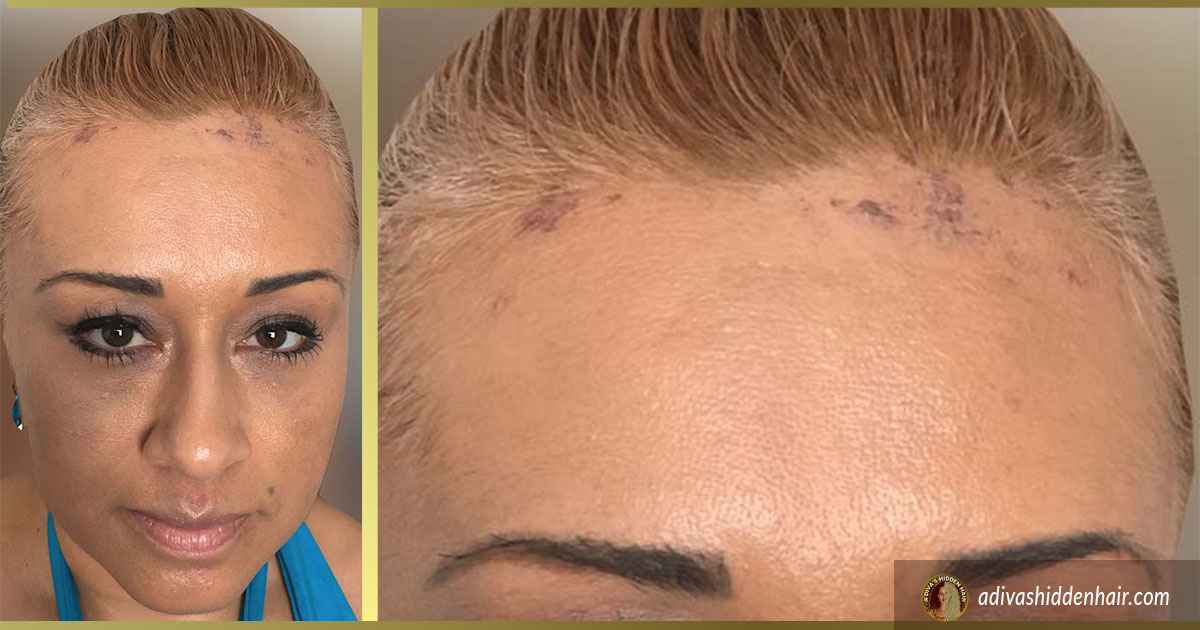
Frontal fibrosing alopecia (FFA) is a condition that causes hair loss on the front and sides of your scalp. Hair loss may also occur on eyebrows, eyelashes and other body parts. An autoimmune reaction, genetics or hormones may cause FFA. Healthcare providers diagnose FFA with a physical exam and skin biopsy.